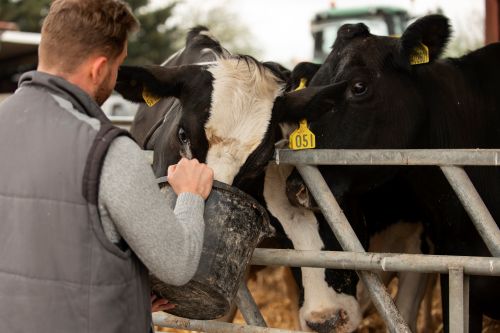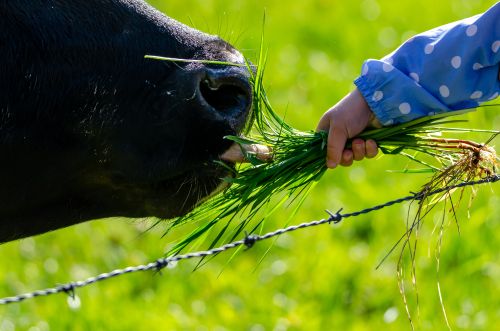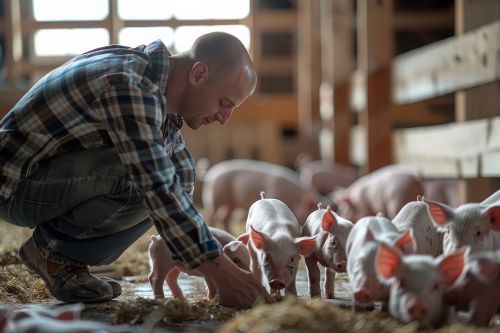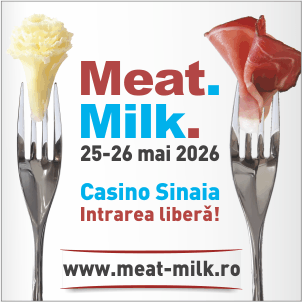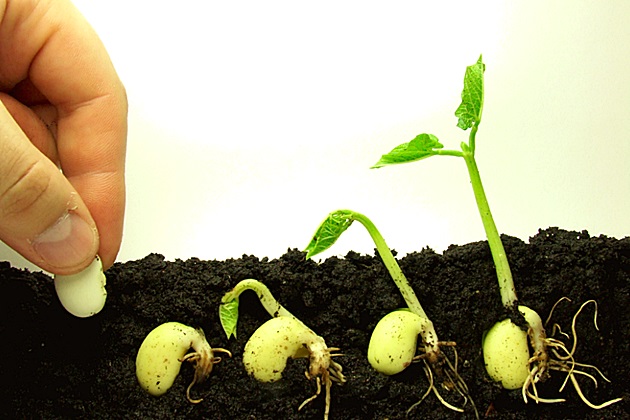
The outlook for European agriculture remains characterized by uncertainties, particularly driven by the evolution of geopolitical crises and their implications on trade, prices, and the overall economy, with continuous pressure on farmers, as highlighted in the latest analysis published by DGAgri.
Since the last short-term outlook (fall 2023), there have been some favorable but limited developments in input costs, with energy, fertilizer, and animal feed prices declining, although remaining significantly above pre-Covid levels.
Production prices for many commodities also remain above pre-Covid levels, despite downward trends, with some producer prices decreasing at a faster rate than input costs, affecting the profitability of certain farms (varying geographically, by size, and by sector).
Other factors could, to some extent, bring additional pressures on farmers. Among these are high interest rates and labor costs. Ongoing conflicts in Ukraine and the Middle East risk prolonging difficulties or even creating new disruptions in international commodity trade, including trade redirection, leading to higher maritime transport costs and/or delays.
Such developments would exert upward pressure on both input and agricultural commodity prices, the extent of which is difficult to predict but with strong potential to impact agricultural markets.
Across the EU food chain, the transmission of declining agricultural production prices to processing and consumer prices lags behind. The processor price index has decreased since April 2023, but the food consumer price index remains at a high level.
Among food product categories, prices for fresh fruits and vegetables and olive oil have continued to rise, while others remain stable at high levels compared to trends (e.g., meat, bread, and cereals).
High prices, combined with reduced prospects for economic growth (and therefore household incomes), will continue to have a negative impact on consumption trends in the EU in 2024, leading to potential shifts between food product categories (e.g., oils and fats) or within them (e.g., types of meat or dairy products).
At this stage, weather conditions are quite mixed – less favorable for winter crops, while generally more positive for spring sowing conditions, with some delays reported due to wet conditions, especially in northern EU.
Winter crops have been affected by excessively wet conditions during the winter, affecting production potential in northwest EU. Following several years of dry and warm weather, positive signals have come from the Iberian Peninsula for the upcoming season.
Pasture conditions are also favorable, mainly due to mild temperatures, and generally, pastures exhibit greater resilience to weather changes than cultivated lands.
However, considering the unpredictability of extreme weather events and abrupt weather changes observed in recent years, these signals must be treated with caution and will continue to be monitored until the next fall edition of the forecast report.
Key Highlights
Taking into account the observations mentioned above, here are the key important points for the sectors covered by this report:
- EU cereal production in 2024/2025 is expected to increase, with additional expectations for the EU cereal trade balance to return to the 5-year average (a combination of both export improvement and import reduction).
- At the same time, EU production of oilseeds and protein crops could increase in 2024/25, while imports of oilseed meals and oils could continue to decline.
- EU sugar production in 2023/24 is estimated to rise to the 5-year average, leading to a sharp reduction in net sugar imports.
- EU apple production in 2023/24 is estimated at a 3-year low due to area reductions and unfavorable weather conditions in major producing countries, negatively impacting consumption.
- Unfavorable weather conditions have also affected orange production both quantitatively and qualitatively, with significantly reduced exports and a negative impact on consumption.
- Despite some recovery in EU olive oil production in 2023/2024, both domestic and export demand within the EU continue to suffer from high prices.
- Additionally, EU wine production is expected to decrease due to unfavorable weather, while consumption continues its downward trend and trade shrinks.
- Despite a continued decline in cattle numbers, EU milk supply is estimated to increase slightly in 2024, while the combination of stabilizing raw milk prices in the EU above historical levels and reducing inflation could improve margins for dairy farmers.
- Growth in EU poultry production largely offsets declines in other meat sectors, while the overall trade balance continues to deteriorate.
- The tight situation between meat demand and supply sustains relatively high market prices, while imports into the EU could further increase. (Photo: Dreamstime)

